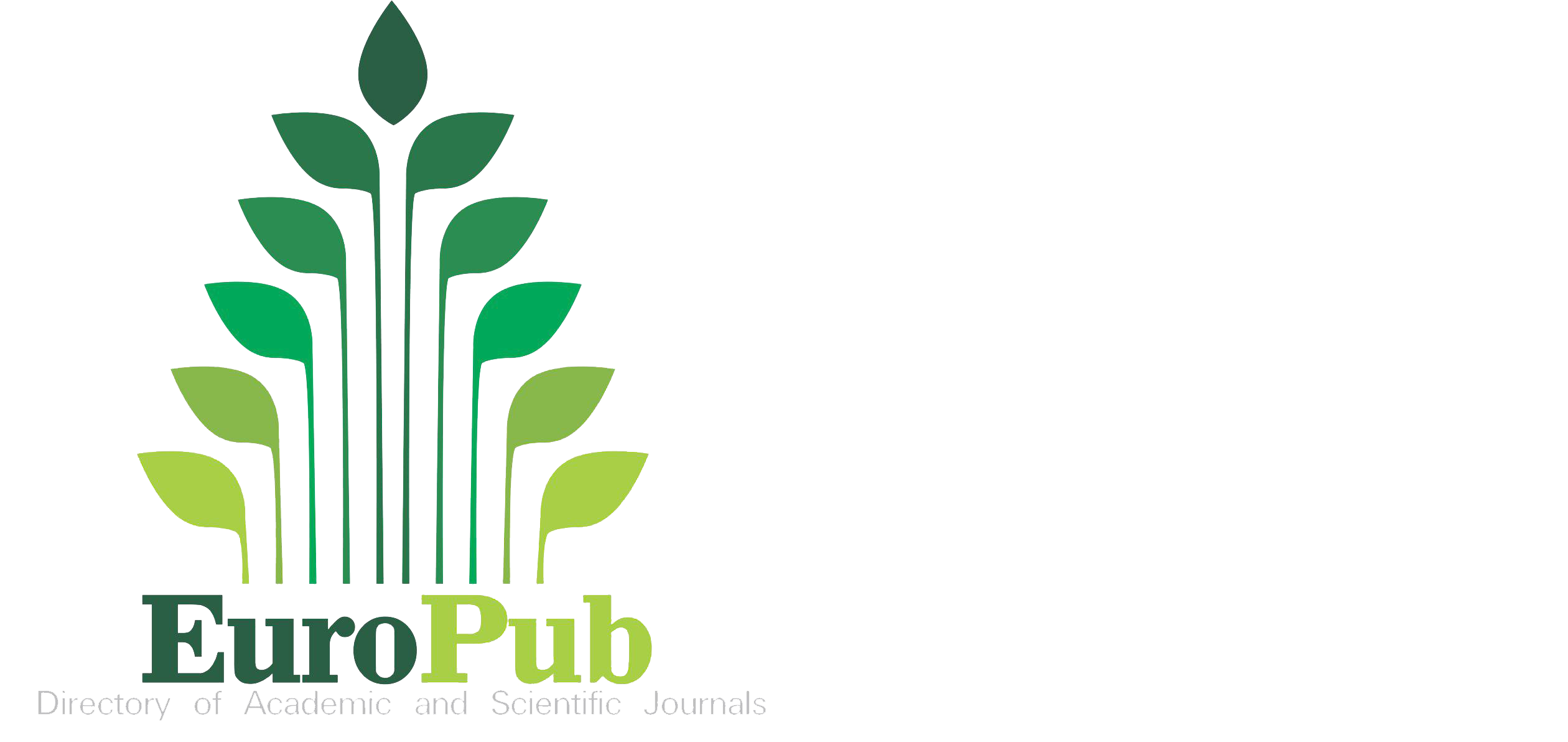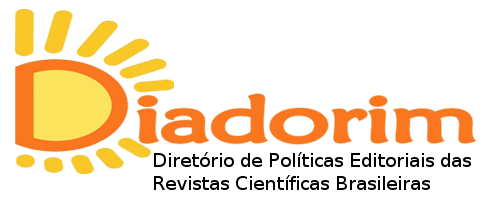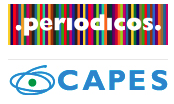Experience in Distance Learning in Design course at the UFMG
DOI:
https://doi.org/10.35699/2237-5864.2011.2020Keywords:
Distance learning, Design, Methodology, Innovation, Undergraduate courseAbstract
The absorption of new media, elaborated from the junction of informatics, telecommunications and the Internet, are encouraging the expansion of distance learning practices in Brazil and in the world. Besides allowing geographically scattered individuals to having access to formal education, distance learning today is a way to attend to opportunities that could provide more flexibility at undergraduate courses. Demands such as the increase in elective openings in courses or application for courses offered in overlapped schedules, can only be properly taken through Virtual Learning Environments and in non-onsite activities. In this sense, this article seeks to share the experience of two distance learning courses offered in the undergraduate Design Course at UFMG, presenting the adopted approach and the Virtual Objects of Learning developed.
Downloads
References
ABRAEAD - Anuário Brasileiro Estatístico de Educação a Distância. Disponível em: <http://www.abraead.com.br/noticias.cod=x1.asp>. Acesso em: 29/08/2011.
CRUZ, Dulce Márcia. A construção do professor midiático: o docente comunicador na educação a distância por videoconferência. Cadernos de Educação, FaE/PPGE/UFPel, Pelotas, n. 30, p. 201-214, janeiro/junho 2008.
ICSID - International Council of Societies of Industrial Design. Disponível em: <http://www.icsid.org/>. Acesso em: 29/08/2011. MACHADO, Glaucio José Couri (Org.). Educação e ciberespaço: estudos, propostas e desafios. Aracaju: Virtus, 2010a. p. 255-307.
MACHADO, G. J. C. Haveria de existir sentimento de presença nos ambientes virtuais de aprendizagem? In: MACHADO, Glaucio José Couri (Org.). Educação e ciberespaço: estudos, propostas e desafios. Aracaju: Virtus, 2010b. p. 236-254.
MELLO, B. A.; SILVA, D. R., KURTZ, F. D. Ambientes virtuais de aprendizagem: uma discussão sobre concepções, funcionalidades e implicações didáticas. In: MACHADO, Glaucio José Couri (Org.). Educação e ciberespaço: estudos, propostas e desafios. Aracaju: Virtus, 2010. p. 255-307.
MORAN, J. M. Ensino e aprendizagem inovadores com tecnologia. In: MORAN; MASETTO; BEHRENS. Novas tecnologias e mediação pedagógica. São Paulo: Papirus Editora, 2000. Disponível em: <http://www.scribd.com/doc/2525970/Moran-Ensino-e-aprendizagem-inovadores-com-tecnologia>. Acesso em: 26/10/2009.
PIMENTEL, F. S. C.; PINTO, A. C.; MERCATO, L. P. L. Indicadores para avaliação de cursos em EAD. In: MACHADO, Glaucio José Couri (Org.). Educação e ciberespaço: estudos, propostas e desafios. Aracaju: Virtus, 2010. p. 208-235
Downloads
Published
How to Cite
Issue
Section
License
Authors who publish in this journal retain the copyright and grant the journal the right of first publication, with the work simultaneously licensed under the Creative Commons Attribution License which allows the sharing of work with acknowledgment of authorship and initial publication in this journal.
Authors are authorized to take additional contracts separately, for non-exclusive distribution of the version of the work published in this journal (e.g. publish in institutional repository or as a book chapter), with acknowledgment of authorship and initial publication in this journal.
Open access policy:
Revista Docência do Ensino Superior is an Open Access journal, which means that all content is available free of charge, at no cost to the user or their institution. Users may read, download, copy, distribute, print, search, or link to the full texts of the articles, or use them for any other legal purpose, without seeking prior permission from the publisher or author, provided they respect the license to use the Creative Commons used by the journal. This definition of open access is in line with the Budapest Open Access Initiative (BOAI).
























